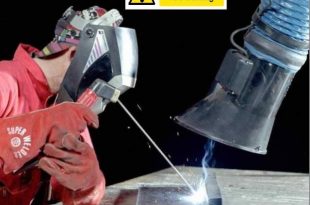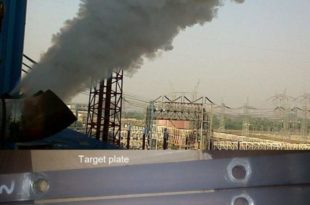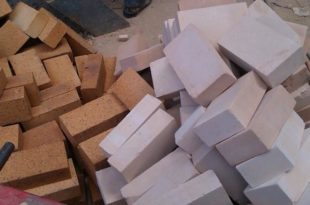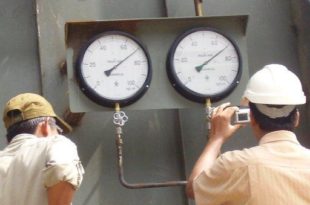Lifting equipment plays a pivotal role in the construction industry, facilitating the movement of heavy objects that would otherwise be challenging to transport manually. When used correctly, such equipment not only enhances efficiency but also mitigates the risks and dangers associated with manual lifting. However, improper use, faulty equipment, or incorrect handling can lead to grave consequences, including injuries, fatalities, …
Read More »Boiler Commissioning
Boiler Preservation Methods Dry and Wet
Boiler preservation is required when boiler is out of service or in shutdown condition for a long period to protect boilers internal surface from corrosion and atmospheric oxygen. There are two types of boiler preservation methods each of them is used in specific conditions. Wet preservation of boiler Dry preservation of boiler Boiler preservation through nitrogen method is also used …
Read More »Welding and cutting safety
Many hazards are associated with welding and cutting safety, but as in any other operations they can be controlled by appropriate preventive measures. Unless these measures are taken, the hazardous situations can easily give rise to personnel injury and/or material damage. Welding and cutting hazard examples are:- Electric shock Fumes and gases Welding sparks Arc rays Confined space General work …
Read More »Steam Blowing Procedure
This Steam Blowing procedure is intended to provide general application guidance and establish controls during Steam Blowing of piping and equipment. The purpose of steam blowing, prior to start-up of a new unit, is to remove any foreign material in the superheater and steam piping after the erection completion. Considerable damage could result, if such foreign material is allowed to …
Read More »Steam Boiler Alkali Boil out Procedure
Boiler Alkali boil out is carried out to remove material such as lubricants, oil, and rust. During the manufacturing of seamless steel tubes, mill scales are bound to be formed, and some of these can remain inside. During fabrication and erection of the pressure parts, some amount of oil and lubricants can also. get into the tube surface apart from …
Read More »Boiler gas tightness test procedure
We will discuss important steps involved in Boiler gas tightness test procedure. -Close all the dampers in the grate hopper of the boiler. -Run the FD fan and open all the dampers excluding the dampers in the grate hopper. Keep air pressure and running time as approved by design. Detect leakage by soap solution /smoke test. Vital points for leakage …
Read More »Boiler refractory dry out procedure
Boiler Refractory dry out is to ensure proper drying, curing of refractory applied on furnace and other components. The refractory usually undergoes considerable chemical changes, during initial heating. Controlled heating, through these reactions ensures maximum strength. While heating, there must be free air flow over the system to ensure removal of moisture. In order to commence refractory dry out, the …
Read More »Water tube Boiler Commissioning Procedure and Checklists
The operation of checking the equipment and tuning them before putting into commercial operation is commonly termed as ‘commissioning’. The boiler commissioning activity includes the following: Boiler Inspection, pre-operation checking and preparation of the equipment including specialized cleaning. Trial run, initial operation and performance monitoring. Many of the equipment including auxiliaries, such as fans, ESP, handling system, etc., are engineered …
Read More »Boiler Hydrostatic testing procedure
This procedure defines the requirement and procedure of hydrostatic testing of the boiler pressure parts after completing the assembly of all the boiler high pressure and temperature components. Hydrostatic testing Objective Hydrostatic testing in the boiler is carried out to check the following: Leakages in the boiler pressure parts (Tubes, headers and Pipes). To test the soundness of welded joints …
Read More » Boilersinfo Boiler and Mechanical Power Digital Library
Boilersinfo Boiler and Mechanical Power Digital Library








